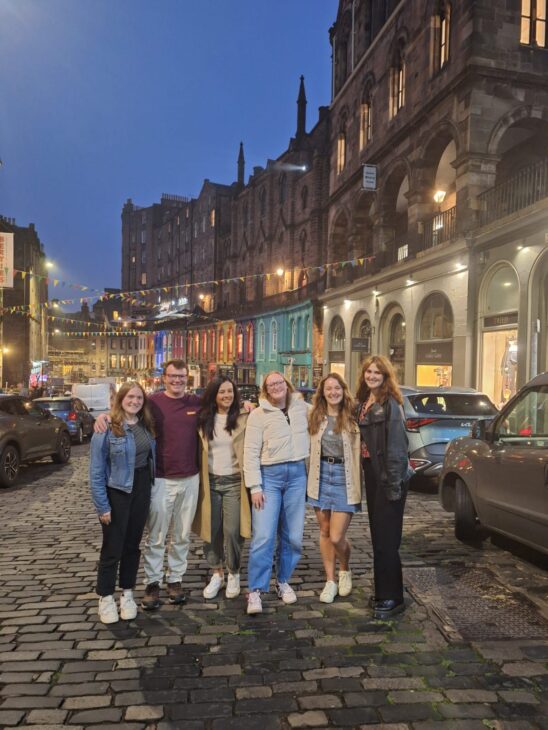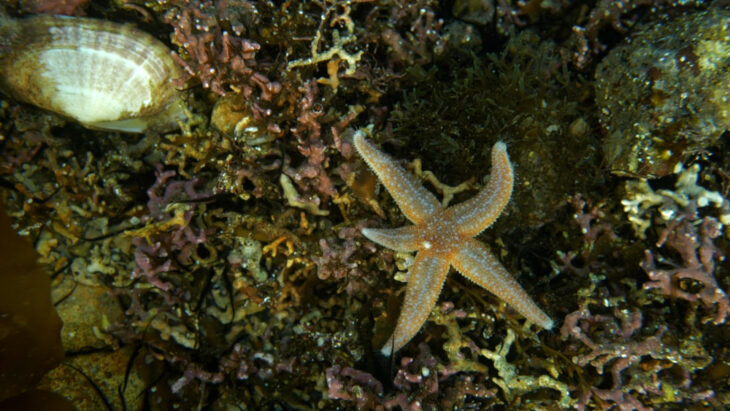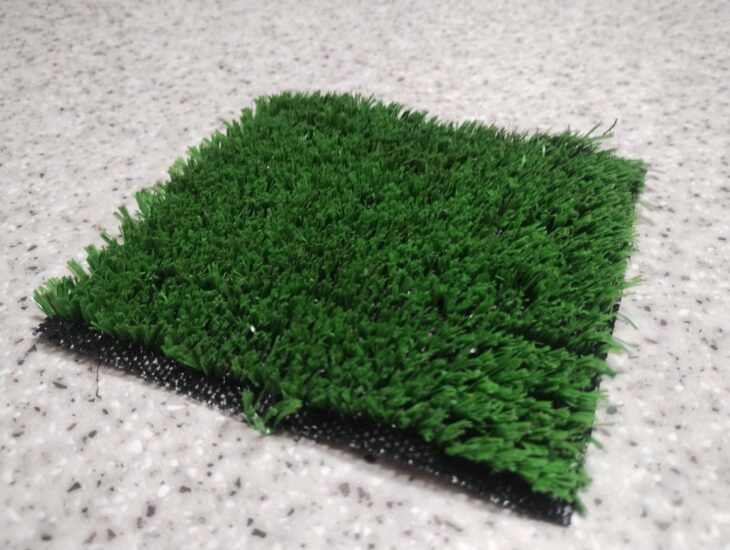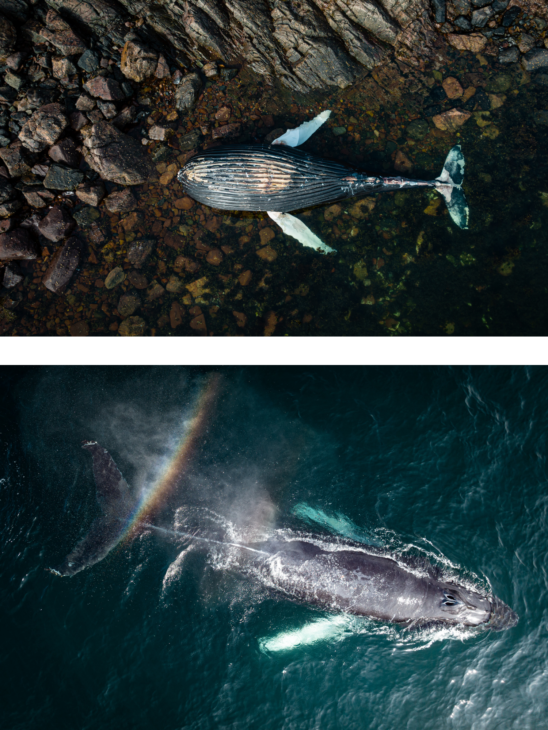Another sneak peek at our 60th anniversary time capsule
In our previous blog, we looked at some of the items that will be included in our 60th anniversary time capsule. We’re not done yet though.
It’s amazing how much can be squeezed into this small box, and today we’re going to dive a little deeper and highlight a few more inclusions. Each of these items was selected at our National Members’ Day, held at the National Museum of Scotland back in September.
Young Leaders photograph
Selected by Liz Bonnin, biologist and nature broadcaster
President of The Wildlife Trusts, Liz Bonnin, met with our Young Leaders during a recent trip to Scotland. When discussing their hopes for 2064, the group outlined the need for greater diversity in the conservation sector and the right to a clean environment written into law. Liz agreed, calling for “greater agency for young voices, not just in their roles to encourage other people to join, but at the table.”
According to Liz, this image represents connection: “reconnecting to each other before we reconnect to nature”.

Maerl sample
Selected by Cal Major, veterinary surgeon and record breaking paddleboarder
In 2021, Cal Major completed an 800-mile stand up paddleboard journey around Scotland’s coast, witnessing first-hand the breathtaking beauty and harsh challenges facing our seas. For her contribution to the time capsule, she chose a small sample of maerl, a fragile algae that carpets our seabed and provides the foundation for much of our marine life.
In Cal’s own words:
“It’s such an incredibly important part of the ecosystem; without it we don’t have charismatic species that everybody cares about like the whales. What I’d really like to see in 40 years’ time is proper spatial management of our marine areas – Marine Protected Areas which allow things like a slow-growing coral to flourish and thrive.”

Artificial grass
Selected by Libby Smith, Scottish Wildlife Trust Young Leader
Libby Smith, on behalf of the Young Leaders group, chose to include a piece of artificial grass. Rather than focusing on what we’d like to see in 2064, the group chose this as an example of what we’ll hopefully have left behind in 2024.
Natural grass provides homes for nature, absorbs water and helps keep the environment cool. Simply put, it’s natural. On the other hand, artificial grass is unsustainable and often leads to more microplastics entering our ecosystem.
As Libby puts it:
“Scottish Wildlife Trust have done a lot of advocacy work for natural urban green landscapes. We hope that by 2064 there is a greater abundance and greater accessibility to healthy natural greenspace in urban areas. We also hope that by 2064 people open the box and say, ‘what is that?’ because it’s no longer used!”

Little Assynt tree sapling photograph
Selected by Sarah Robinson, Director of Conservation
For her selection, our Director of Conservation, Sarah Robinson, chose this photograph from the Little Assynt tree nursery – an image Sarah says represents the Trust’s “ambition and challenge”. The nursery was originally set up through the Trust’s Coigach Assynt Living Landscape project, and now supplies many of the trees being planted in the area.
But while positive steps have been taken, Sarah says that woodland expansion is not currently at the rate it could be, in part due to Scotland’s deer challenge:
“I would like to think that we will have even gone beyond that in the next 40 years. It’s a challenge to ourselves and our partners within the Coigach and Assynt Living Landscape.”

Humpback whale photographs
Nominated by Cal Major and selected by Scottish Wildlife Trust members
Each of our panellists was given the opportunity to propose another item for inclusion, with the final decision being made by the Trust members in attendance. They chose to include the images shown below, as put forward by Cal Major.
As Cal explained, these two humpback whales highlight both the challenges we’re facing and the hope we must cling to.
“The fact that entanglement is even a thing is crazy. Everybody who needs to make these policy changes knows how important whales are. I hope that by the time the capsule is opened, cetacean entanglement in Scottish waters is no longer an issue because funds have been invested in the technologies which allow low-impact fishing to happen.”

Image credit: James Appleton
We’d like to say a huge thank you to everyone who contributed their ideas and suggestions for inclusion in the time capsule. However Scotland looks in 2064, hopefully the contents will provide those who open it with an eye-opening look at the state of our wildlife in 2024, and help them appreciate how far we hopefully will have come.
After being sealed shut this week, the capsule will be touring Scottish Wildlife Trust reserves, so keep an eye out for it the next time you’re at Montrose Basin or Loch of the Lowes.
And in case you missed it, make sure to read our previous blog, where we took a look at some of the other items being included.
Help protect Scotland’s wildlife
Our work to save Scotland’s wildlife is made possible thanks to the generosity of our members and supporters.
Join today from just £3 a month to help protect the species you love.
Preface
In our previous blog, we looked at some of the items that will be included in our 60th anniversary time capsule. We’re not done yet though. It’s amazing how much …
